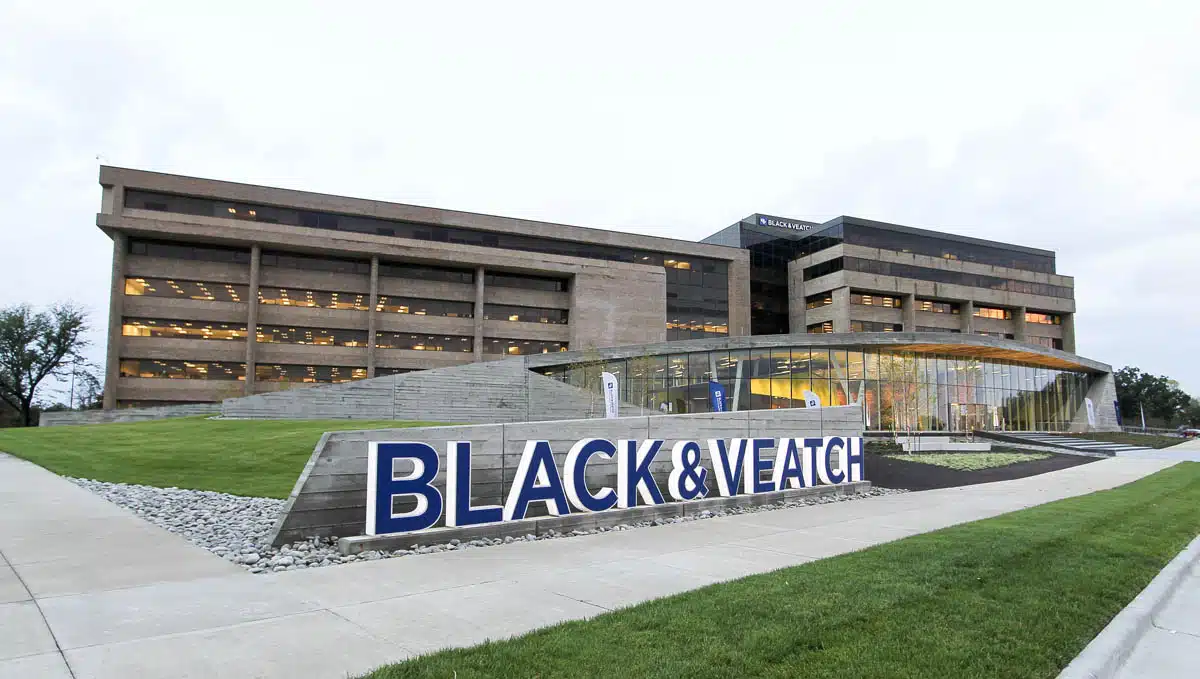
Last Word: How Not to Get Caught with Your Valves – Or Any Other Part of Your System – Down
Asset management can be a gradual process, but condition assessment requires more than a superficial scan of system components.
News media report the big infrastructure failures. Whether we manage water systems or tap into them, we hear about major water main breaks, tunnel collapses and facility mishaps. But if you listen very carefully after pipes break or leaks develop, you’ll hear something very common but less publicized: the sound of valves breaking (often followed by exclamations of surprise and dismay). Old, unexercised valves are hard to find and easy to break.
RELATED: Sacramento Turns to Trenchless
When pipes rupture, system operators scramble to close valves to mitigate damage and minimize water loss. It often takes longer than anticipated to find the valves that will control flow exactly as needed in an emergency. And when those valves are eventually located, operators frequently find that quickly turning a 60-year-old valve is like trying to drive an antique car 70 miles an hour.
Ruptures aren’t always to blame for valve hunts and horror stories. We recommend water system operators install secondary, redundant mains to lower failure consequence. But if the valves that tie the primary and secondary mains together are open when everyone thought they were closed, the situation can suddenly turn ugly if one of those mains breaks – especially when valves can’t be quickly located or operated.
It happens more than you know. As a proponent of condition assessment, I wish I could say that knowing the condition of major system components is enough. But our water supply, treatment and recovery systems are only as reliable as their weakest points, and sometimes it takes a deep dive to be sure you know what those are.
The water industry largely focuses on the largest system components. Increased attention and funding for buried infrastructure over the past decade or so is a giant step in the right direction. But additional steps can help you pinpoint and address risks in your own system.
RELATED: Last Word: The Water Main Report Card
For example, how many utilities know exactly where their valves are located, when they were last exercised and what condition they’re in? Discovering in an emergency that even one important system component doesn’t work carries a high price. Developing an asset management program that facilitates collection and rapid access of system-wide information, however, is priceless – for rapid emergency response and also for preventive maintenance to lessen the need for emergency response. We’re still not identifying and correcting system weaknesses as holistically as we should.
Valves are just one component subject to condition-assessment neglect. Another is wastewater force mains. The use of cameras to inspect gravity sewers is fairly common, but it is often more difficult to understand the risks on the other side of a pump station, where a single force main under high pressure may convey influent for treatment.
Business risk exposure is a function of likelihood of failure and consequence of failure, and we must understand our systems well enough to know that some factors, like pressure, actually contribute to both likelihood and consequence of failure. Lack of redundancy, which can make a force main difficult to inspect, unfortunately also increases its consequence of failure.
Learning the location, condition, and risk associated with all critical components of a system is the goal of condition assessment and one step in an owner’s asset management journey. Effectively managing assets – big and small – to improve operations and control costs is the ultimate goal of asset management.
The continued move into asset management-based investment planning is propelled by improved and emerging techniques and technologies such as AMI, remote sensing, and data analytics. The understanding that asset management can be implemented in manageable pieces and carries returns on investment is also fueling interest in condition assessment and overall asset management.
RELATED: Last Word: Educating to Employ: Public Works Programs Help to Close Gaps
Some system owners and operators fear that asset management will yield longer lists of capital expenditures for replacement, which isn’t necessarily true. What is true is that preventive maintenance is often the better strategy and costs less than water loss, emergency system repairs, and damage remediation. Caught early, some damage mechanisms can even be stopped in their tracks, extending asset life. Shifting the spend from capital replacement to O&M can be the most effective approach to managing some assets. AWWA’s Steel Water Storage Tanks M42 asserts “a good, comprehensive preventive maintenance program can extend the life of an existing tank (as well as that of a new tank) indefinitely.”
We can’t claim to design or build infrastructure that lasts forever, but good design, construction, and asset management practices really can extend the life and increase the efficiency of our assets. Imagine where we would be right now if the planners, engineers, constructors, and financers of 50 or 100 years ago knew what we know now.
It’s always good to make sure that everyone who needs to know how to swiftly operate the right valves in an emergency situation can do so; the importance of emergency and resilience planning can’t be overstated. But if you have considered your system as a whole and stay on top of weaknesses, you are much less likely to get caught with your valves – or any other critical system component – down.
Bethany McDonald is the condition assessment business leader for Black & Veatch’s water business.





